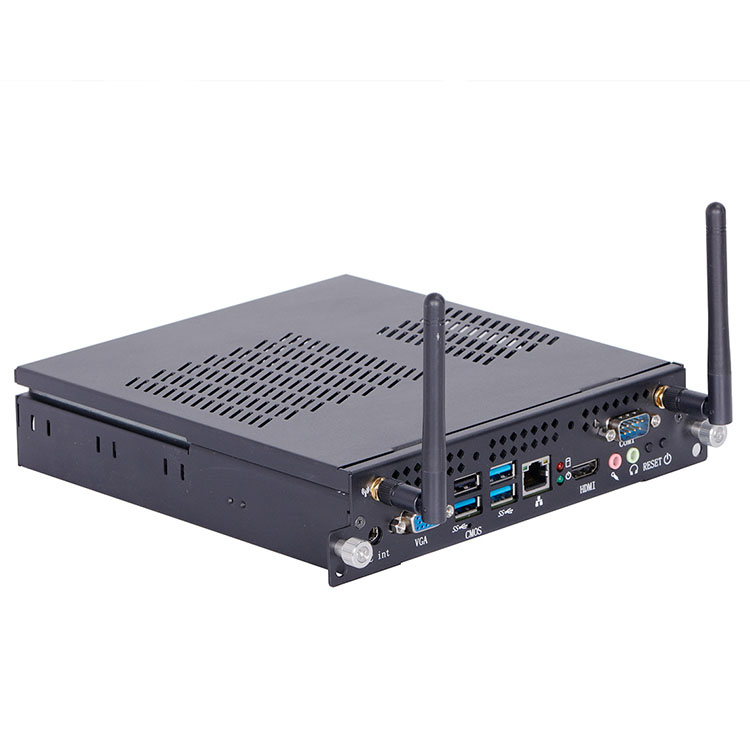Enhancing Visitor Engagement and Enriching Exhibition Experience

The application of interactive flat panel displays has revolutionized the way exhibitions are conducted, bringing significant improvements in visitor engagement and exhibition experience. This advanced technology has transformed traditional exhibitions into interactive and immersive experiences for participants. With its remarkable capabilities, interactive flat panel displays have become an invaluable tool for exhibitors to showcase their products, services, and ideas. This article explores the various applications and advantages of interactive flat panel displays in exhibitions.
1. Interactive Product Presentations
Interactive flat panel displays are a game-changer in product presentations at exhibitions. Exhibitors can utilize the interactive touchscreens to showcase their products in an engaging and interactive manner. By integrating multimedia content, including images, videos, and animations, exhibitors can captivate the attention of visitors and effectively convey information about their products. Visitors can explore the displayed products by touching the screen, zooming in on details, and even rotating 3D models, providing them with a hands-on experience and a thorough understanding of the products' features and benefits.
2. Virtual Tours and Simulations
Interactive flat panel displays enable exhibitors to offer virtual tours and simulations of real-life environments or complex systems. Through the use of interactive maps, visitors can explore different areas or locations virtually, such as historical sites, landmarks, or future architectural projects. Additionally, interactive simulations allow visitors to experience specific scenarios, such as driving a car, flying an aircraft, or operating industrial machinery. These virtual experiences provide an engaging and informative way for visitors to interact with the exhibition content and gain a deeper understanding of the showcased concepts.
3. Collaborative Workspaces and Interactive Workshops
Interactive flat panel displays also facilitate collaborative workspaces and interactive workshops within the exhibition setting. These displays can be utilized as digital whiteboards, allowing exhibitors to interactively present ideas, concepts, and strategies to a group of participants. Visitors can actively participate by annotating, brainstorming, and collaborating in real-time on the displayed content. Furthermore, interactive workshops can be conducted using the displays, enabling hands-on learning experiences and fostering creativity and innovation among attendees. This collaborative and interactive approach enhances the overall engagement and knowledge transfer at exhibitions.
In conclusion, the application of interactive flat panel displays has transformed the exhibition landscape by providing a dynamic and interactive platform for presenting products, offering virtual experiences, and facilitating collaborative activities. The immersive nature of these displays captivates visitors' attention, enhances their understanding of exhibited content, and ultimately enriches their exhibition experience. Exhibitors who leverage interactive flat panel displays benefit from increased audience engagement, improved information retention, and a significant competitive edge in the exhibition industry. The future of exhibition displays lies in the seamless integration of interactive technologies to deliver exceptional and memorable experiences to visitors.

